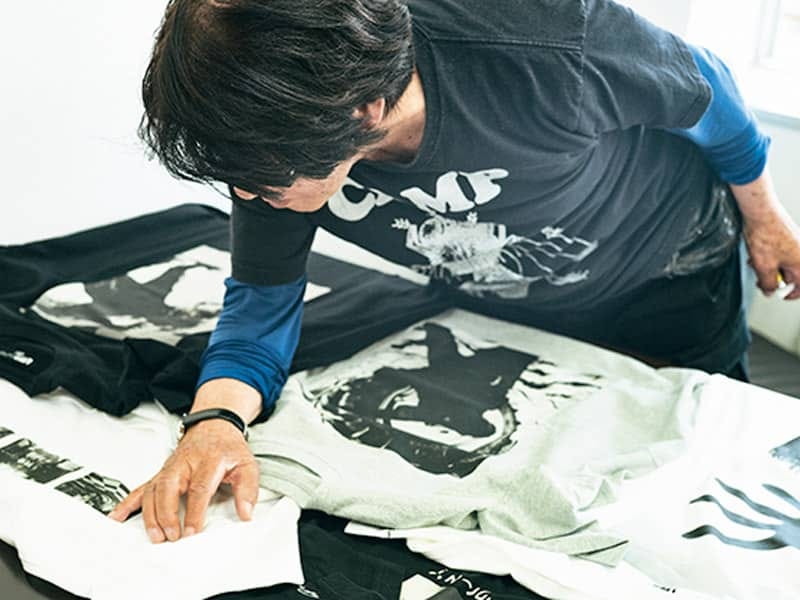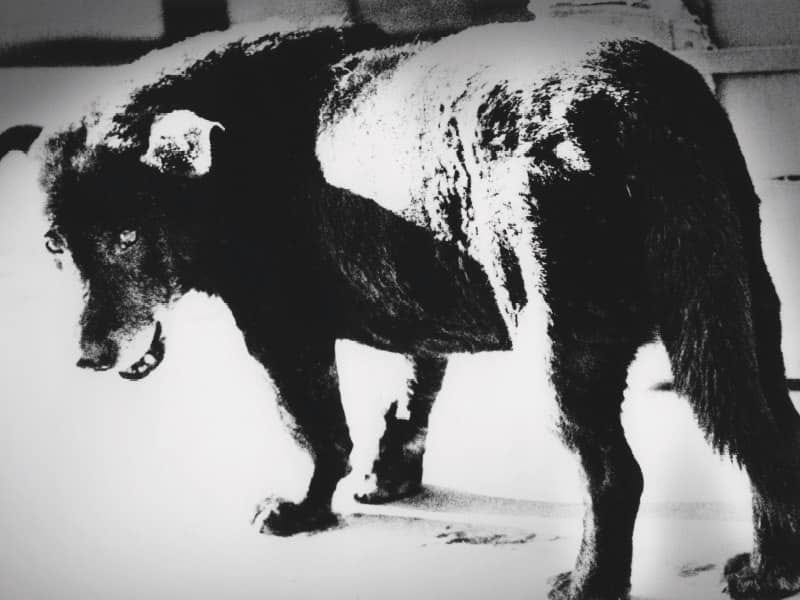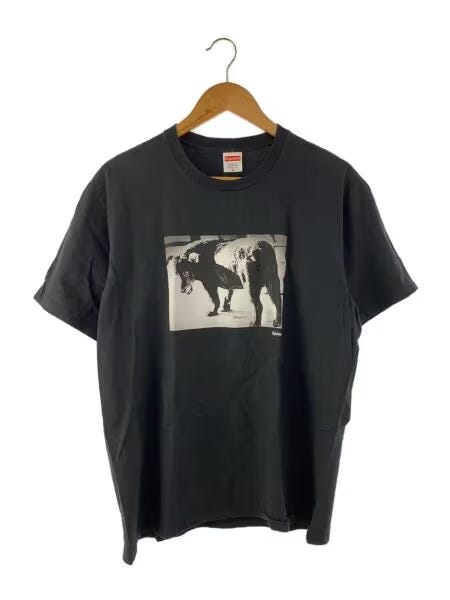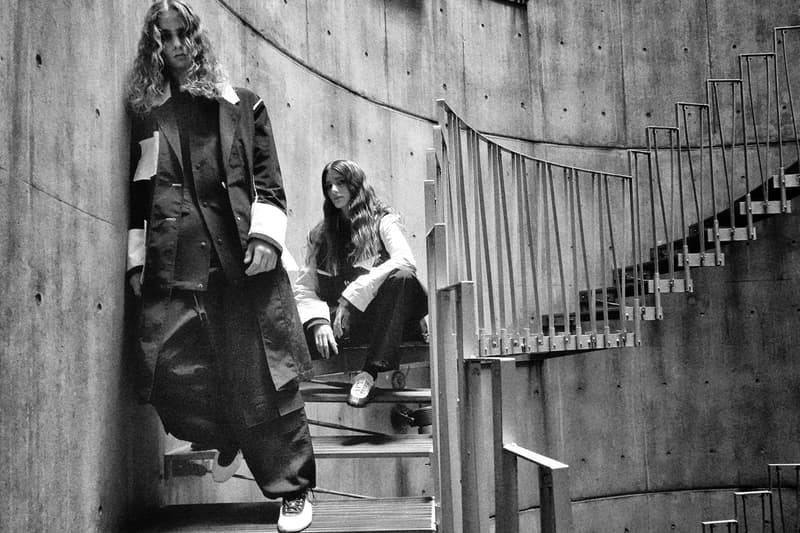The Most Important Japanese Memer
The continued impact of Daido Moriyama.
One of the most esteemed Japanese photographers of the modern era, Daido Moriyama was born in Osaka in 1938, and began his career as an assistant to Takeji Iwamiya and Eikoh Hosoe, the latter of which was a co-founder of Vivo, a short-lived Japanese photography collective known for championing an avant-garde aesthetic and a creative approach to visually documenting post-war Japan.
Striking out on his own as a freelance photographer in 1964, this period of his work is known for his stark portrayals of a recovering Japan, documenting the urban grit and shadowy environments of a nation coming back from the brink of destruction, and a people trying to weave together a new life in the atomic age.
One of his most iconic photos is a stray dog he photographed in Misawa, appropriately called “Stray Dog, Misawa.” It features a haunting, somewhat menacing image of a dog somewhere between despair and anger. Moriyama spotted the canine while taking photos for his column in Asahi Camera magazine, when he encountered the creature in the morning outside his hotel.
“I immediately assumed it had been abandoned by a US soldier. It was staring at me with this shady look on his face. I took a couple quick shots, but I didn’t realize what a great expression the dog had until I developed the photographs back home and enlarged them,” says Moriyama in an interview with Uniqlo.
The image went viral in the days before the internet even existed. He began receiving calls from various institutions like the MoMA and numerous publications wanting to include the photo in print.
In fact, it continues to be one of the Moriyama works that still finds itself on new products, even a recent Supreme collaboration from 2022. But ironically, Moriyama finds the repeated use of his photos as something integral to his craft.
“I think the essence of photography is the concept of copying or duplication,” says Moriyama in a video interview with the SFMOMA. He likens his work to the practice of Andy Warhol, who combined the act of readymade products with a high art sensibility—cheekily naming his studio “The Factory” for the way that his art subverted capitalist output.
To put it another way, one could say that Daido Moriyama has made some of today’s most significant memes. The word “meme” itself had a vastly different meaning before it largely applied to humorous shitposts and in-the-know macros that have since devolved into brainrot culture.
Rather, it referred to recurring motifs like “Kilroy was here” from WWII or the similarly universal “Pointy S” that was a mainstay of 1990s classroom doodlers. Moriyama has managed to create and capture images that take on a life of their own, becoming something much more than a simple moment in time, but a work that means different things to the viewer.
Much of that is attributed to how much drama Moriyama seems to evoke in his work, with a canon that is largely in black and white. Everything from cityscapes to corners, to self-portraits occupy a liminal space between the sinister and serene.
That signature aesthetic has also gotten Moriyama many commercial clients, shooting for Supreme and most recently, fellow Japanese creative Yohji Yamamoto, who tapped his talents for the latest Y-3 campaign.
But despite his success and visible impact on photography, Moriyama humbly remains dedicated to his craft.
“As long as I walk, I see. As long as I see, I shoot because I am a photographer. I don’t think there is anything more necessary than that. That is something that somehow has always remained the same,” he says in an interview with Tokion. “That is the only way. If I don’t take pictures, I don’t know who I am.”





